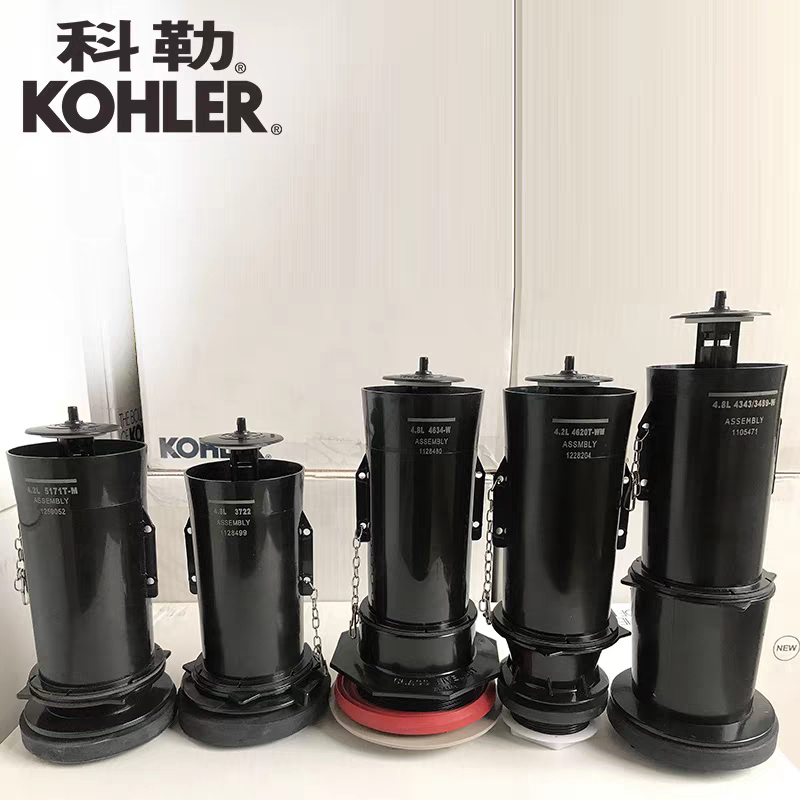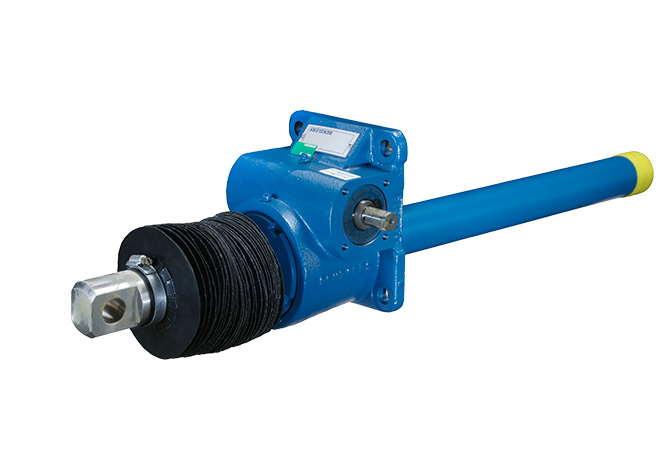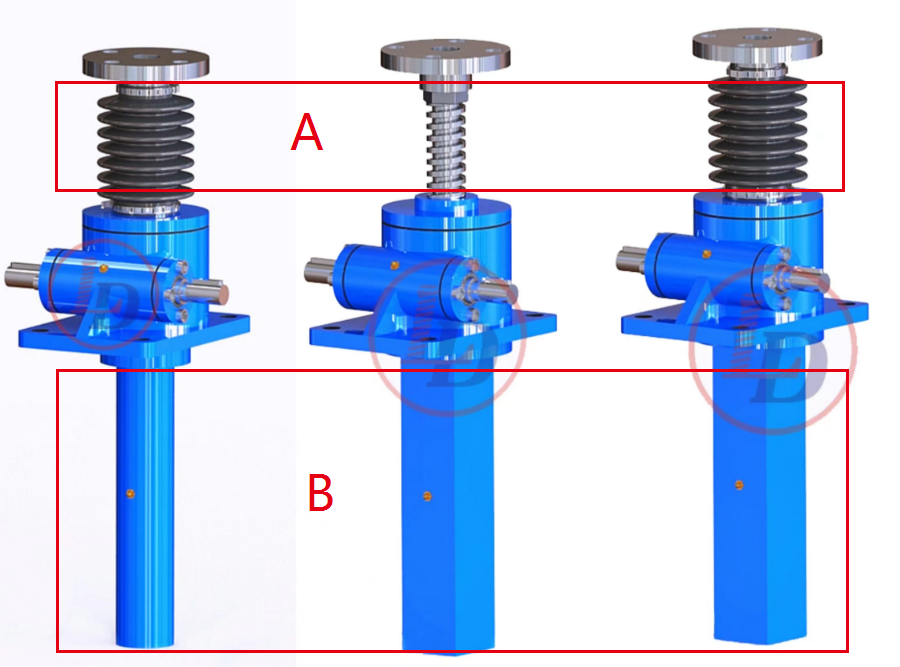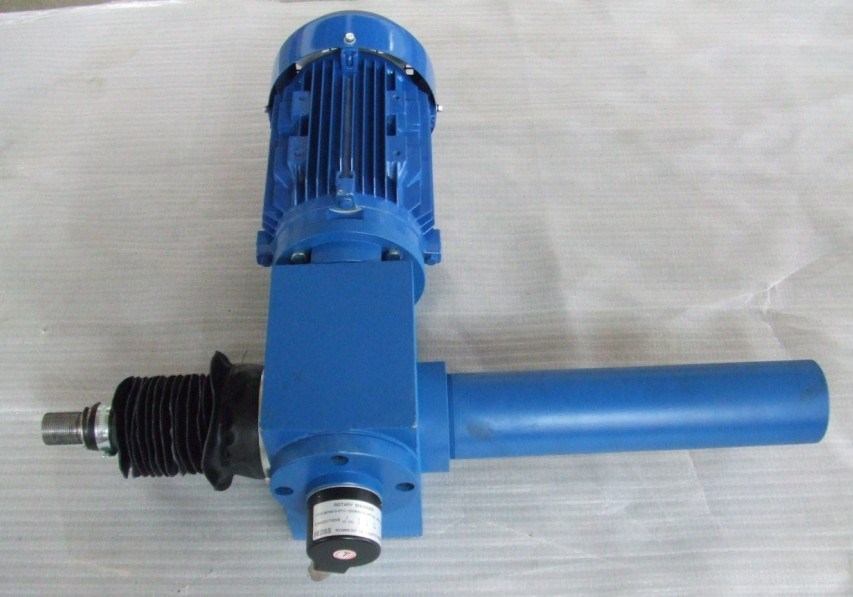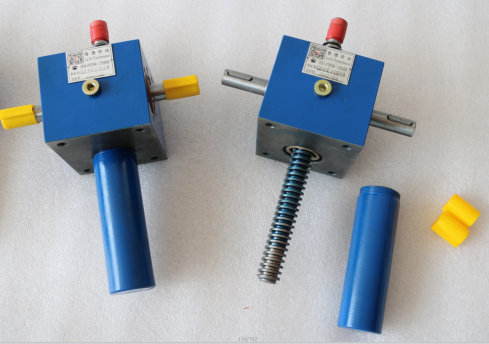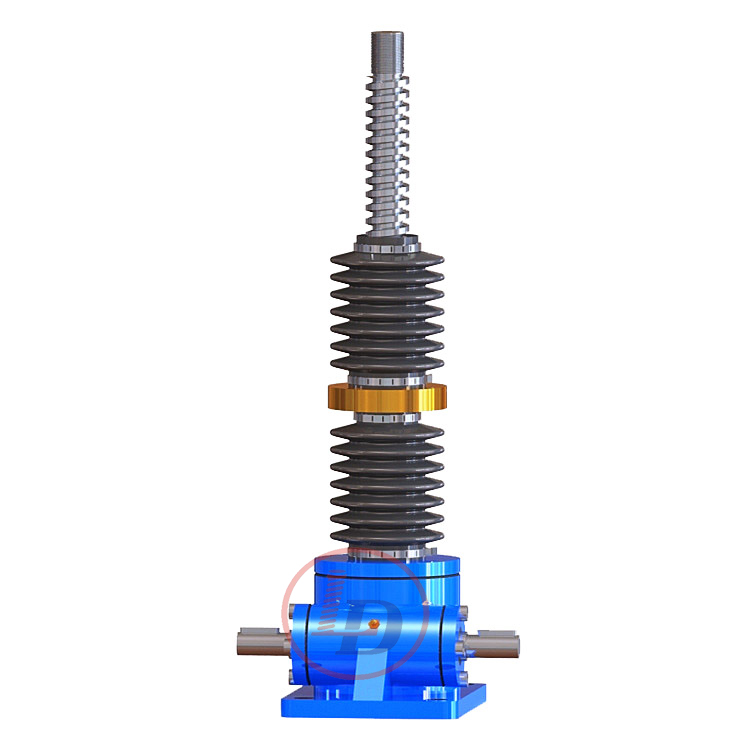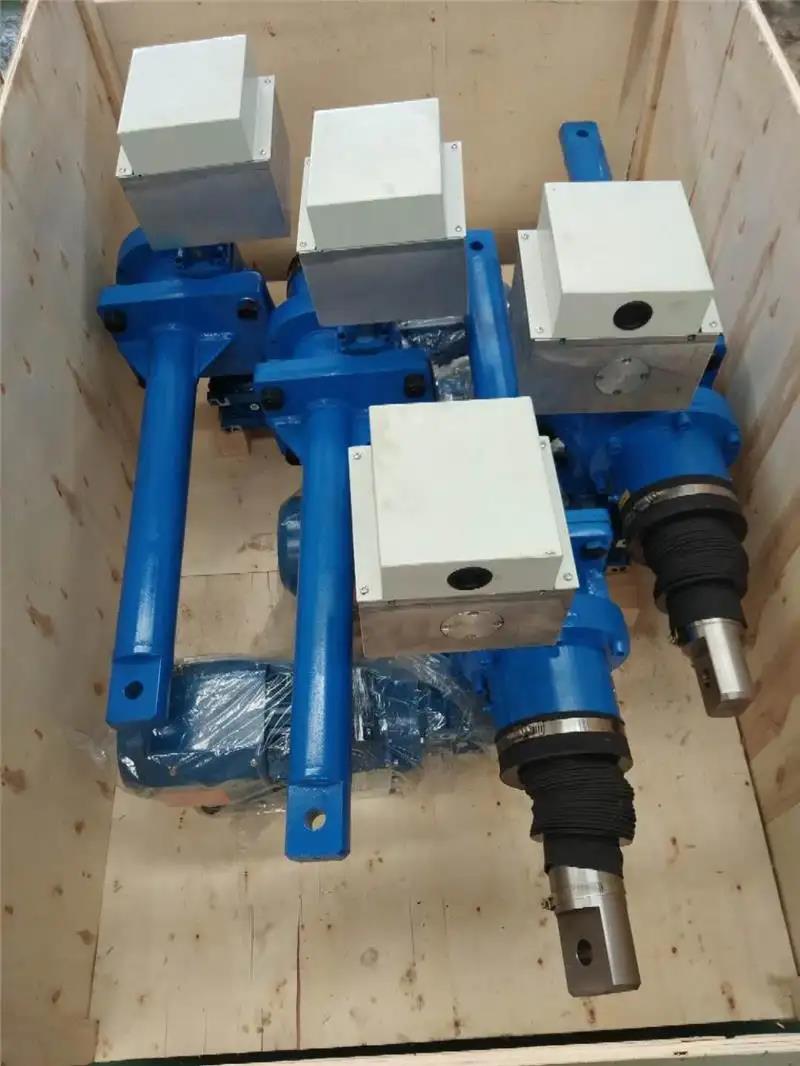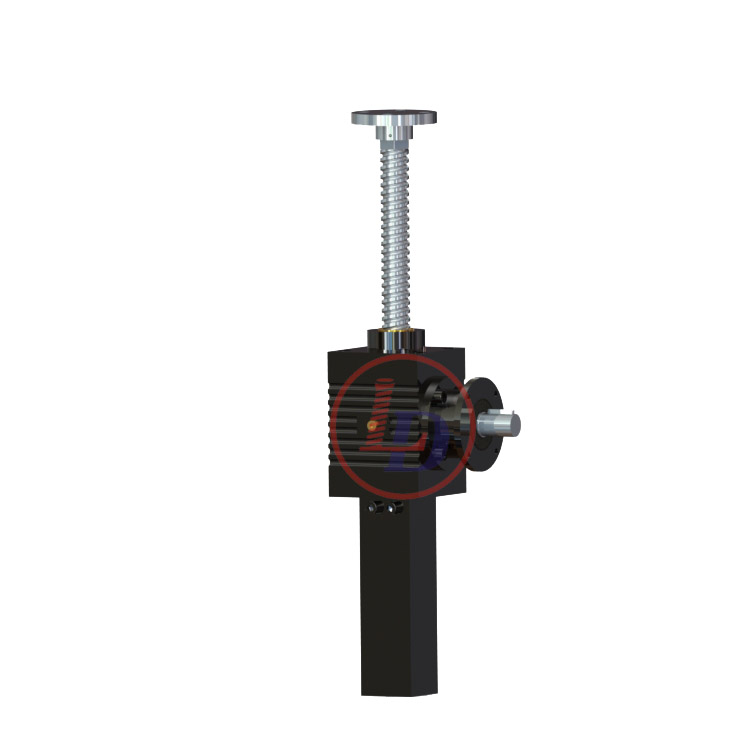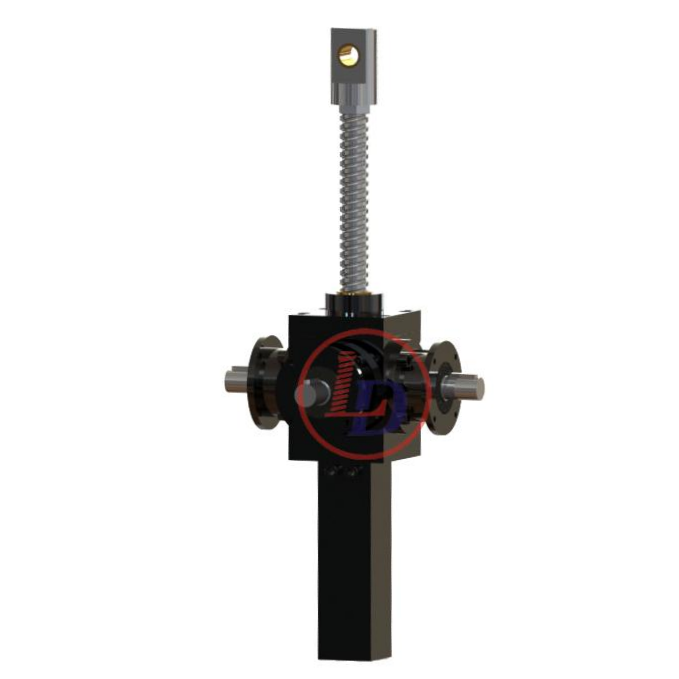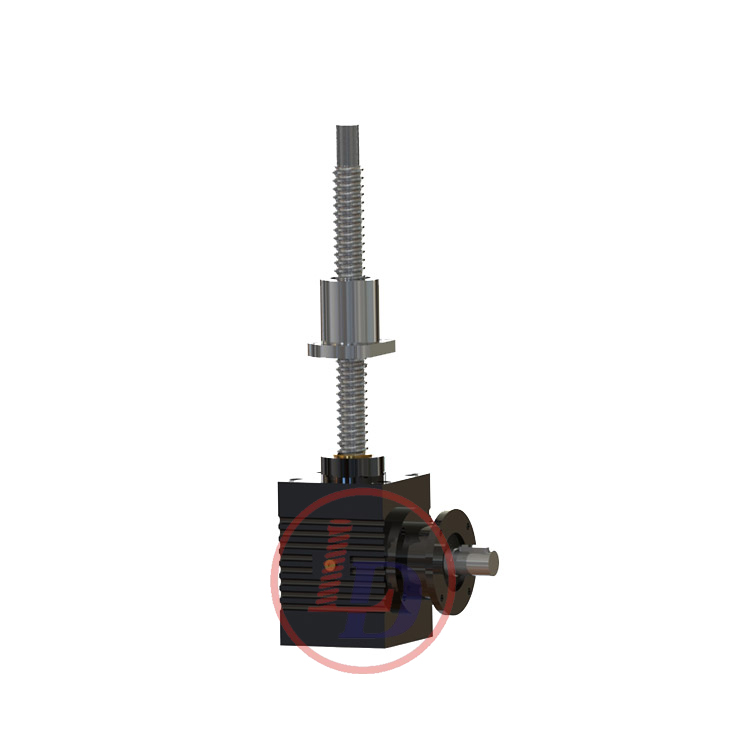When your push button toilet starts acting up—whether the button sticks, doesn't rebound, or causes continuous flushing—it might be time for a buttons replacement. Replacing a toilet flush button may sound like a hassle, but it's actually a simple process that most people can do themselves with minimal tools.
Why Replace a Toilet Flush Button?
Over time, flush buttons can wear out or become less responsive. This can lead to poor flushing performance, water waste, or even a broken flush valve button. Replacing the button can restore proper flushing and give your dual flush toilet tank a longer life.
Preparation Before Replacement
You only need a few tools like a wrench and a cloth. Before you begin, identify how the button is fixed in place. There are three common types:
- Buttons fixed on the push button flush valve
- Buttons mounted on the toilet tank lid
- Buttons mounted on the wall or front panel (common in concealed tanks)
You’ll also need to purchase a replacement that matches your existing setup. Make sure to check if it’s a single or two button toilet design, and ensure the button diameter fits your existing opening.
Replacement Steps by Button Type
1. Buttons Fixed on the Flush Valve
These are the simplest to replace.
- No need to open the tank lid. Just twist the old button to unscrew it from the valve.
- Insert the new button into the hole and tighten it by turning.
- This type not only simplifies installation but also helps hold the lid in place securely.
2. Buttons Mounted on the Tank Lid
- First, remove the lid. If it’s a cable-operated system, press the release clips on the control box to detach it from the button.
- Unscrew the nut securing the button to the lid and remove the old unit.
- Insert the new button through the hole, reconnect the rod or cable, and tighten the nut.
- If the rod is too long and interferes with flushing, trim it with a utility knife.
- Replace the lid and test the button for smooth operation.
3. Buttons Mounted on the Wall or Tank Panel
- These are typically found on concealed or in-wall dual flush toilet tank systems.
- Start by removing the faceplate or cover.
- Detach the control box or rods from the old button.
- Unscrew the mounting nut and remove the button module.
- Insert the new button into the hole, secure it with the nut, and reconnect the control mechanism.
- Reattach the faceplate and press both buttons to test flush performance.
Common Issues & Troubleshooting
- Loose buttons after installation: Ensure the nut is tightened securely and that any gaskets are in place.
- One of the flush options not working: Adjust the cable or rod length to ensure proper engagement with the flush valve.
- Not sure what button to buy? Choose universal models that match your push button toilet setup in terms of diameter and function.
Conclusion: You Can Do It!
Changing your toilet’s flush valve button is one of the easiest home maintenance tasks. With just a few steps and a proper replacement, your push button toilet will be working like new again. Whether you have a two button toilet or a single-button setup, Jielin offers a range of high-quality buttons for easy replacement.
Need help choosing the right model? Visit our product page to explore our full catalog, complete with specs, images, and installation videos.
